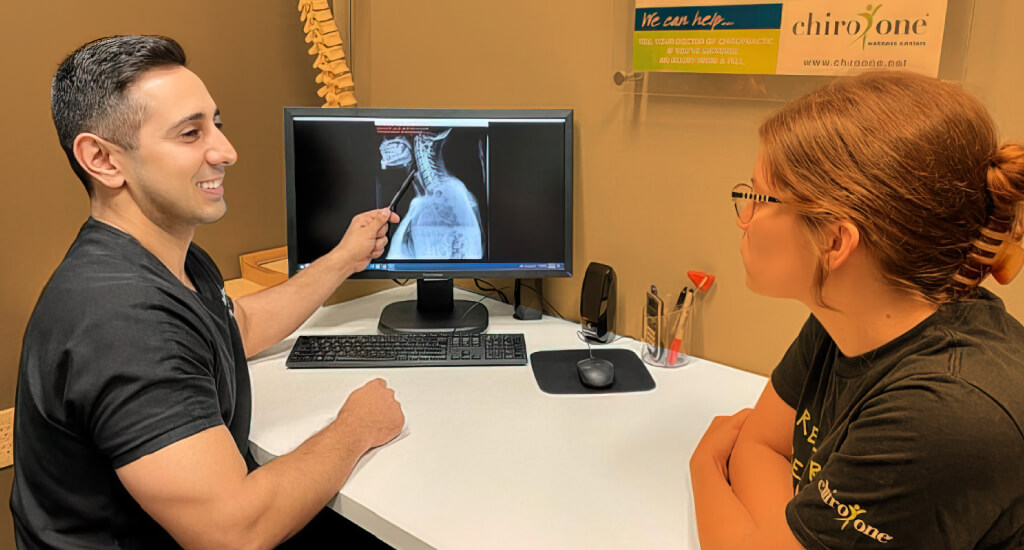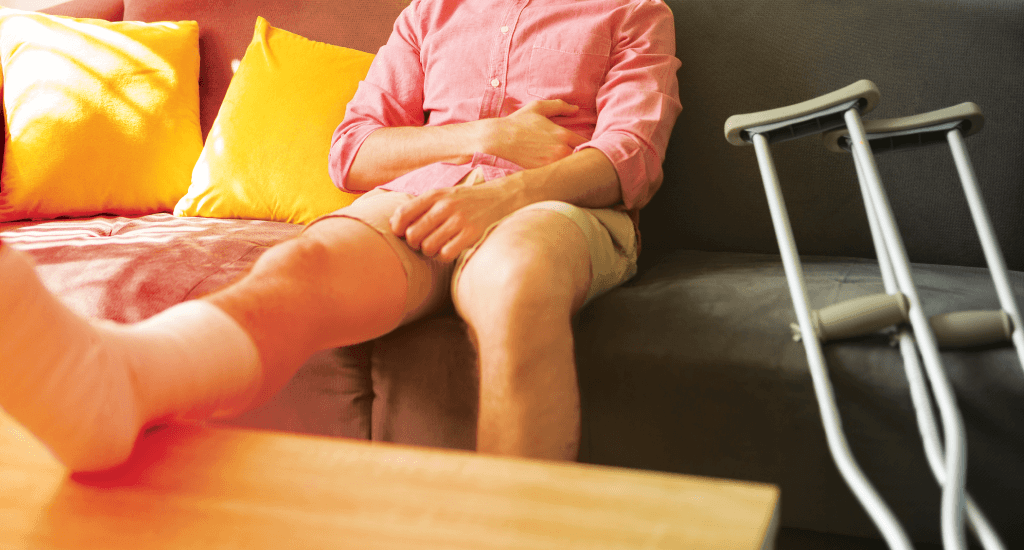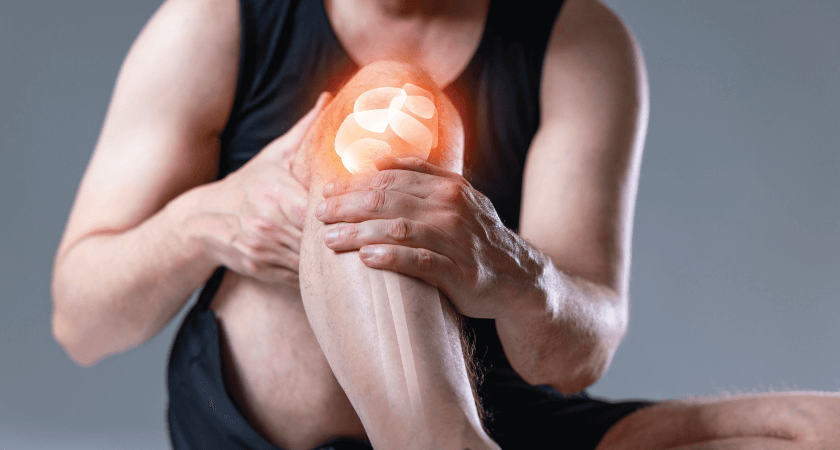
Does Chiropractic for Neck Pain Work? Find Out
Every year, millions of Americans seek chiropractic care for neck pain. Discover some of the top causes of neck pain, and learn which neck pain conditions a chiropractor can help with – and how.

Accidents and injuries always seem to happen when it’s least convenient: right before a trip or special event, or just as we’re getting into the routine of a new workout program. While we can’t choose when (or if) we’ll have an injury – and really, there’s no good time to be hurt – the options available to treat an injury and manage pain may be broader than you think.
While pain medication can be enormously useful in managing pain during surgical recovery or pain connected to serious injuries, for conditions that don’t require significant intervention – or for anyone who prefers not to use pain medication – alternative methods may provide welcome relief.
If you’re looking for ways to manage pain without medication, the first step is to understand what causes our pain.
There are two ways to classify pain: the first is by frequency and duration – for example chronic pain may be experienced every day for years, versus acute pain, which comes on suddenly and relents with treatment. The second is to classify pain based on its source – the type of injury or damage present (note that some injuries may fall into more than 1 category, such as a deep cut that causes nerve damage.)

While there are a seemingly endless combination of scenarios and symptoms, from falls to burns, pain symptoms that last indefinitely and others that subside in a day, there is one thing they all have in common: all pain symptoms arise from inflammation and the body’s natural inflammatory response.
While never a desirable outcome, inflammation is the body’s natural response to protect itself against harm; it’s what our body is meant to do when faced with an injury or illness. While it typically has a negative connotation, especially in wellness circles, inflammation is an essential part of the healing process – the release of white blood cells which trigger healing.
There are two types of inflammation: acute, which results from an injury or a minor illness like the flu, and chronic. You probably associate conditions like rheumatoid arthritis with chronic inflammation, but did you know that cardiovascular diseases, like high blood pressure and heart disease, and neurodegenerative diseases like Parkinson’s and Alzheimer’s Disease are also associated with chronic inflammation?
When it comes to managing pain without medication, we’re typically talking about addressing acute inflammation – particularly the kind associated with minor to moderate injuries, such as:
While some injuries will require more significant medical intervention, including prescription medications like antibiotics, corticosteroids, and in serious instances, potentially opioids, there are a number of medication-free methods you can use to treat inflammation and relieve pain – some of them right at home.
Heat Therapy & Cold Therapy. As we shared in a recent post, two simple, affordable and medication-free ways to relieve pain and inflammation are with heat therapy, and cold therapy.
Heat. While heat therapy is typically applied to chronic or healing injuries where acute inflammation has been relieved, it can provide relief for tension headaches and sore muscles, making it a worthwhile note for this list.
Cold. From a fall on the playground to a pickleball game gone wrong, ice is usually the first remedy we turn to for minor bumps, bruises, cuts, and burns. Learn everything you need to know about how and when to use ice (and heat).
Arnica. Used medicinally for hundreds of years, Arnica (Arnica montana) is an herb typically applied to the skin via cream, ointment, liniment, salve, or tincture, arnica to soothe muscle aches, reduce inflammation, and heal wounds. It is commonly used for injuries, such as sprains and bruises. A 2021 research study on Arnica as an adjunct medication for pain management concluded that Arnica “presents comparable activity to standard medications, such as ibuprofen and diclofenac, for pain management under different medical conditions. It also shows fewer adverse effects along with lower costs. Arnica could be an adjunct approach for acute and chronic pain management.”
Acupuncture. Acupuncture is a traditional Chinese medicine practice that involves the insertion of thin, sterile needles into specific points on the body – energy pathways called meridians. Practitioners and proponents believe that a balanced flow of energy is necessary to maintain health and well-being. In cases of injury or illness, this energy is disrupted. Acupuncture helps to restore harmony and facilitate healing. Research has shown that acupuncture can have pain relieving benefits for a multitude of conditions, with potential to relieve the pain of sports injuries.
TENS (Transcutaneous Electrical Nerve Stimulation) In this procedure, electrodes that give off an electric signal are placed on the skin to stimulates nerve cells, creating a numbing “pins and needles” sensation that can be helpful in temporarily blocking pain messages to the brain and/or modifying a person’s perception of their pain symptoms. TENS therapy may be available in your doctor’s office, or your provider may give you a prescription for a TENS unit you can use at home.
Chiropractic care. Chiropractic care can treat the pain, inflammation, mobility impairments and joint restriction from of a wide range of injuries. It can also minimize the damage and recovery time from accident and injury trauma. A study published in Pain Magazine found that patients who saw chiropractors were over 60% less likely to fill an opioid prescription.
Other treatments, like physical therapy, can be very effective but will require a prescription and a visit to your doctor.

Act quickly. Research has shown that it is important to gain control of inflammation early in the healing process to prevent the inflammation from hampering the rehabilitation process. Rest and ice are most effective when applied immediately after injury.
Rest. Yes, we have already mentioned this one, but as busy, active people ourselves, we find it bears repeating. Take the necessary time to rest and allow your body to heal.
Get plenty of protein. Sound surprising? Research published by the National Library of Medicine recommends increasing your protein intake after an injury to reduce muscle loss and accelerate the healing process. A balanced distribution of protein at each meal is also recommended. While this recommendation is specific to muscle injuries, we are always in favor of replenishing the body with proper nutrition, especially after an injury when your body may need it most.
Try breath work. The body believes what the mind tells it, and the first step in healing is trusting in your body’s innate ability to heal. Utilizing breath work can help calm the nervous system and help you trust your own capacity for healing. Breath work, also known as meditation or purposeful relaxation, helps to calms the mind, decrease stress hormones, relax muscles, and reduce blood pressure. It can also increase your sense of peace and well-being.
Seek medical attention. If rest and ice aren’t sufficient, don’t hesitate to call your doctor. They may be able to offer additional therapies – like those outlined above – and in some cases, medication like a corticosteroid may be the best course of treatment.
Seek immediate care if:
At Chiro One, we don’t believe anyone should have to live with pain. If the pain of an accident or injury is disrupting your life, chiropractic care from Chiro One can help. Find a clinic near you or schedule an appointment today.
Subscribe and get news, articles & offers sent right to your inbox each month.
"*" indicates required fields
By subscribing you are agreeing to the Terms and Conditions and Privacy Policy.